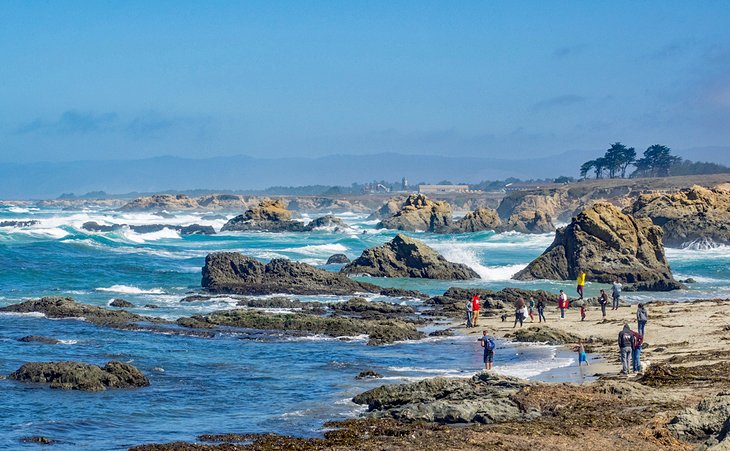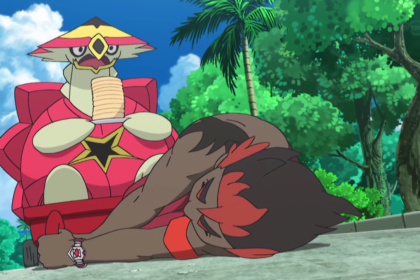Fort Bragg, officially the City of Fort Bragg, is a city along the Pacific Coast of California along Shoreline Highway in Mendocino County. Take a look below for 20 awesome and fun facts about Fort Bragg, California, United States.
1. It is 24 mi (39 km) west of Willits, at an elevation of 85 feet (26 m).
2. Its population was 6,983 at the 2020 census.
3. Fort Bragg is a tourist destination because of its picturesque views of the Pacific Ocean.
4. Among its notable points of interest are Glass Beach and the California Western Railroad (popularly known as the “Skunk Train”).
5. A California Historical Landmark, Fort Bragg was founded in 1857 prior to the American Civil War as a military garrison rather than a fortification.
6. It was named after army officer Braxton Bragg, who at the time had served the U.S. in the Mexican–American War (and would later serve in the Confederate Army during the Civil War). The city was later incorporated in 1889.
7. The area now known as Fort Bragg was home to Native Americans since before Western expansion, most of whom belong to the Pomo tribe.
8. They historically were hunter gatherers who lived along the northern coast of California.
9. In 1855, an exploration party from the Bureau of Indian Affairs visited the area looking for a site on which to establish a reservation; in the spring of 1856, the Mendocino Indian Reservation was established at Noyo. It was 25,000 acres (100 km2) in size, and its boundary extended north from what is now Simpson Lane to Abalobadiah Creek and east from the Pacific Ocean to Bald Hill.
10. In the summer of 1857, 1st Lt. Horatio G. Gibson, then serving at the Presidio of San Francisco, established a military post on the reservation, approximately one and a half miles (2.4 km) north of the Noyo River, and named it for his former commanding officer Capt. Braxton Bragg, who later became a General in the Army of the Confederacy.
11. Gibson and Company M, 3rd Artillery, left Fort Bragg in January 1859 to be replaced by Company D, 6th Infantry, which stayed for two years and continued to build up the post.
12. In June 1862, Company D, 2nd California Infantry, were ordered to garrison the post and remained until 1864. In October of that year, the Fort Bragg garrison was loaded aboard the steamer Panama and completed the evacuation and abandonment of Mendocino County’s first military post.
13. The Mendocino Indian Reservation was discontinued in March 1866, and the land was opened for settlement three years later.
14. The last remaining building of the Fort Bragg military post is located at 430 North Franklin Street. It may have been the Quartermaster’s storehouse and commissary or surgeon’s quarters or hospital.
15. The approximate boundaries of the fort extend from the south side of Laurel, east from the railroad depot to the carriage road behind Franklin, down the lane to a point 100 feet (30 m) south of Redwood Avenue, west on Redwood to just beyond the Georgia-Pacific Corporation company offices, then north to connect with the Laurel Street border at the railroad station.
16. By 1867, the reservation and military outpost at Fort Bragg were abandoned. By 1869, small lumber mills were being built at the mouth of every creek. Ranches were settled. By 1873, Fort Bragg had an established lumber port at Noyo.
17. In 1869, after the fort was abandoned, and the land surveyed by the U.S. Geological Survey, the land of the reservation was returned to the public and offered for sale at $1.25 per acre to settlers. In 1885, C.R. Johnson who, with partners Calvin Stewart and James Hunter, had been operating a sawmill in Mill Creek on the Ten Mile River, moved their mill machinery to Fort Bragg to take advantage of the harbor for shipping.
18. The company incorporated in 1885 as the Fort Bragg Redwood Company. In 1891, after merging with the Noyo River Lumber Company, it was renamed the Union Lumber Company.
19. The Fort Bragg Railroad was founded to haul logs to the mill. The first rails were run up Pudding Creek and, in 1887, reached Glen Blair. A San Francisco streetcar was purchased to carry loggers and their families on Sunday excursions to the woods.
20. Fort Bragg was incorporated in 1889 with C. R. Johnson as its first mayor, and Calvin Stewart drafting its plat maps.




